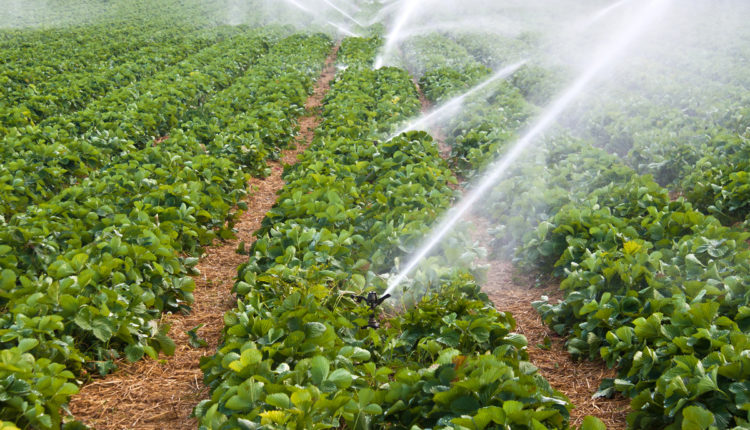Food shortage: Irrigating a hectare of farmland costs $40,000 – GIDA
The Ghana Irrigation Development Authority (GIDA) has revealed that developing an irrigation system for a hectare of farmland costs approximately US$40,000.
Acting CEO of GIDA, Richard Oppong-Boateng, emphasised that investing in and thoroughly developing irrigation schemes is a more effective solution to address the severe drought affecting parts of northern Ghana.
“It costs about $40,000 to irrigate a hectare of farmland,” Ing. Oppong-Boateng noted.
Farmers in the five northern regions are struggling with severe drought conditions, worsened by more than two months without rain.
Mr Oppong-Boateng explained there is a total of 1.9 million hectares of irrigable land available but only a small portion is being irrigated.
He also noted that GIDA is actively working on additional initiatives to expand Ghana’s irrigable land space.
“Per the decree, we are supposed to identify water resources in the country that are suitable for irrigation and we have done close to 19,000 hectares of irrigable land. We have 1.9 million hectares but if you add the private irrigation farms, now, we have done about 220,000 hectares which is a little of 12 percent of our potential of 1.9 million hectares.
“Since last year, there has been upscaling and as I speak now, we are rehabilitating some irrigation schemes and if you put all that we are doing this year, we are doing close to 5,000 hectares so if we keep up with this momentum, I am sure that we will be able to do about 700,000 hectares in the next 5 to 10 years.”
Meanwhile, the government is set to announce measures on Wednesday, August 21, 2024, to tackle the severe drought-impacting regions in the northern and middle belts of Ghana.
Farmers in the affected regions have suffered significant losses, with crops and overall farm output severely impacted by the drought.
The Minister of Agriculture, Bryan Acheampong is expected to unveil the government’s key measures aimed at alleviating the drought’s impact on communities and livelihoods.
These initiatives are anticipated to provide relief to affected farmers and boost agricultural recovery in the northern regions.



